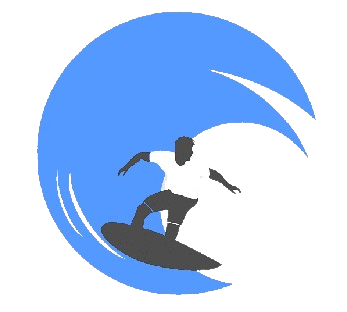Mastering the Waves: Essential Techniques for Beginner Surfers

Surfing, often dubbed the “sport of kings,” is a thrilling water activity that combines athleticism, balance, and a deep connection with the sea. For those venturing into the world of surfing, mastering the waves is a journey filled with excitement and challenges. This article explores essential techniques that beginner surfers should embrace to ride the waves with confidence and joy.
- Paddling Techniques: Before conquering the waves, mastering the art of paddling is paramount. Efficient paddling not only helps surfers reach the lineup but also sets the foundation for catching waves. Beginners should focus on proper body positioning, paddle strokes, and paddling endurance to navigate the waves effectively.
- The Pop-Up: The pop-up is the gateway to riding the waves. This swift and fluid motion involves transitioning from a prone position to a standing stance on the surfboard. Mastering the pop-up requires coordination, core strength, and practice. Proper foot placement and a smooth, controlled pop-up are key to finding stability on the board.
- Understanding Wave Selection: Not all waves are created equal, and understanding how to select the right wave is crucial for a successful ride. Beginners should learn to read the ocean, identifying the swell direction, wave shape, and frequency. Choosing the appropriate wave to catch ensures a smoother and more enjoyable surfing experience.
- Maintaining Balance on the Board: Balancing on a surfboard is a skill that evolves with time and practice. Beginners should focus on distributing their weight evenly, keeping a low center of gravity, and adjusting body movements to navigate the board. Practicing balance on flatwater and small waves is essential before progressing to more challenging conditions.
- Perfecting the Bottom Turn: The bottom turn is a fundamental maneuver that surfers use to redirect their board after catching a wave. Mastering this technique involves carving a smooth, controlled turn at the bottom of the wave to set up for the next section. A well-executed bottom turn paves the way for more advanced maneuvers as surfers progress.
- Learning to Control Speed: As surfers advance, controlling speed becomes crucial for maneuverability and style. Beginners should practice trimming their surfboard, adjusting body positioning, and employing subtle weight shifts to regulate speed. Understanding how to harness and manage speed opens the door to performing more dynamic maneuvers on the wave.
Conclusion: Embarking on the journey of mastering the waves as a beginner surfer is both challenging and immensely rewarding. By honing essential techniques such as paddling, the pop-up, wave selection, balance, bottom turns, and speed control, newcomers can build a strong foundation for their surfing skills. With dedication, practice, and respect for the ocean, beginner surfers can navigate the waves with confidence, unlocking the exhilarating experience of riding the surf.



